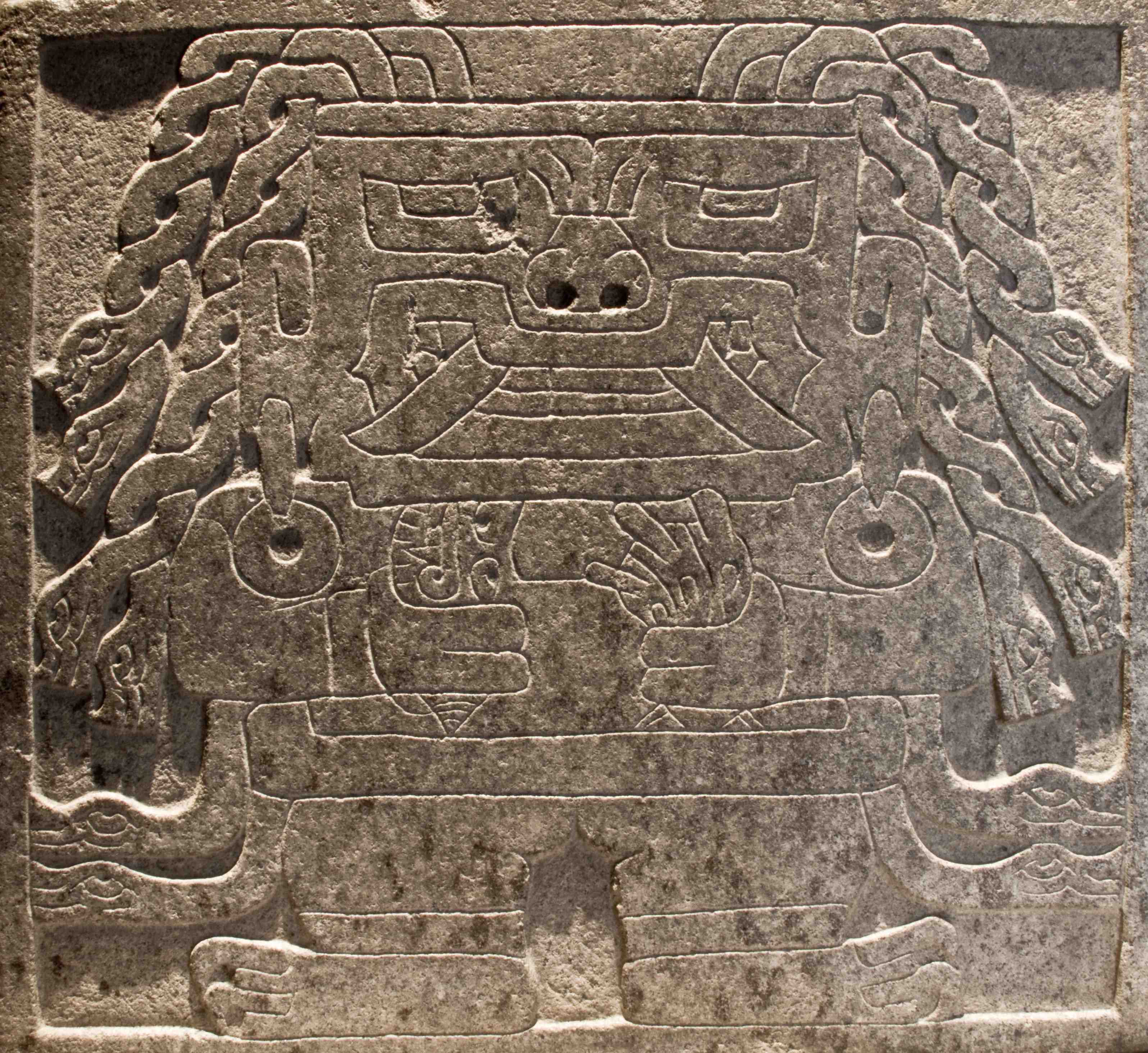
Above: Chavín Valley: site and town, from East.
Photo: José Luis Cruzado Coronel

Above: Chavín Valley: site and town, from East.
Photo: José Luis Cruzado Coronel
The Chavín de Huántar Archaeological Acoustics project conducts fieldwork under the auspices of the Chavín de Huántar Archaeological Research and Conservation Program (Programa de Investigación Arqueológica y Conservación Chavín de Huántar), PIACCdH, authorized by the Ministerio de Cultura, Perú. We are investigating acoustics of the architecture, sound-producing instruments and sierran setting of Chavín de Huántar, a 3,000-year old ceremonial center in the north-central sierra of Perú that pre-dates Inca society by over 2,000 years.


Above, left: stone relief-carving of Chavín personage holding Strombus and Spondylus marine shells;
right: one of the Chavín pututus, Strombus galeatus (conch) shell trumpets.
Photos of artifacts from the collection of the Museo Nacional Chavín; left: Miriam Kolar; right: Jyri Huopaniemi.